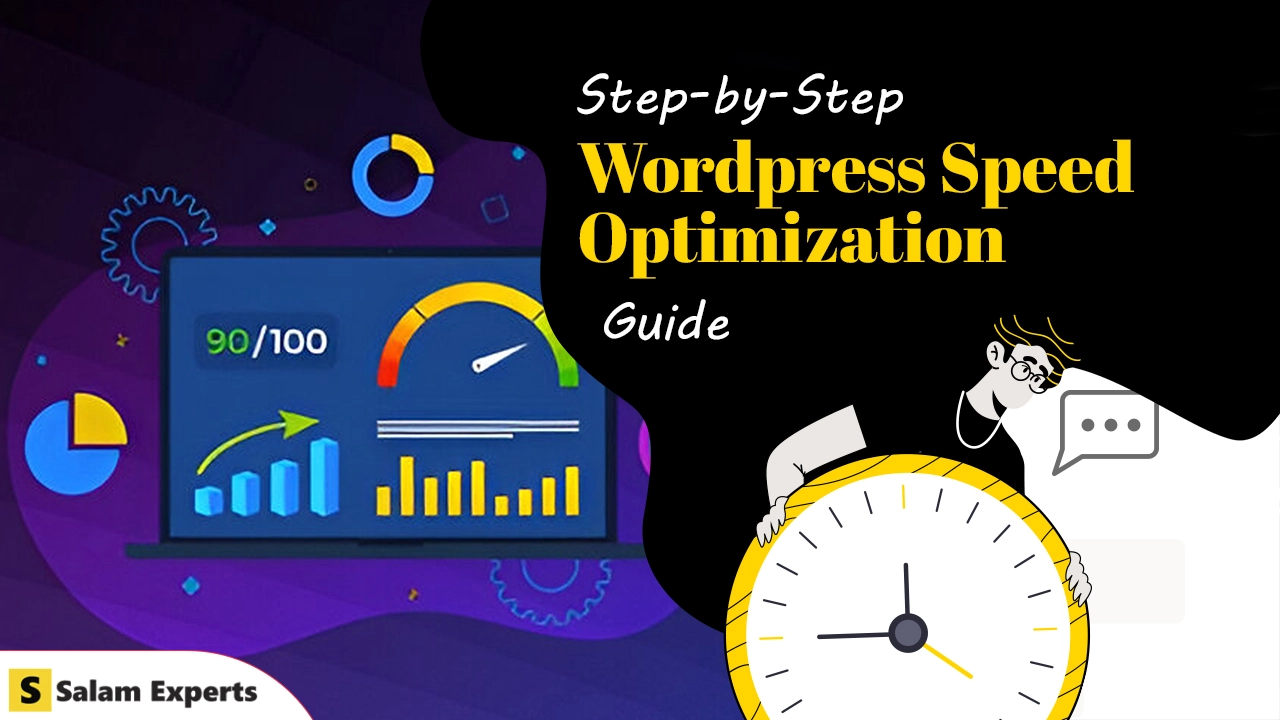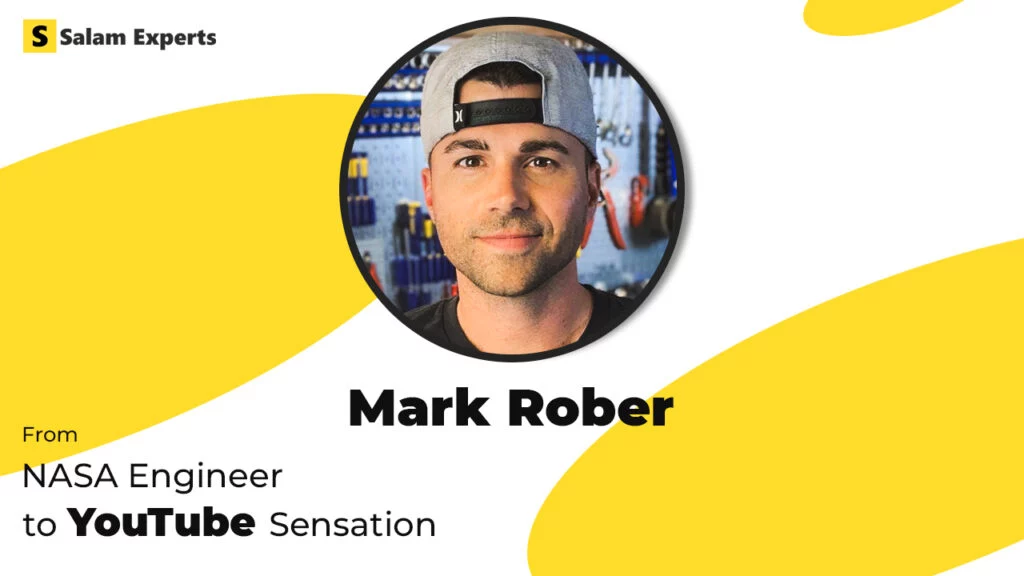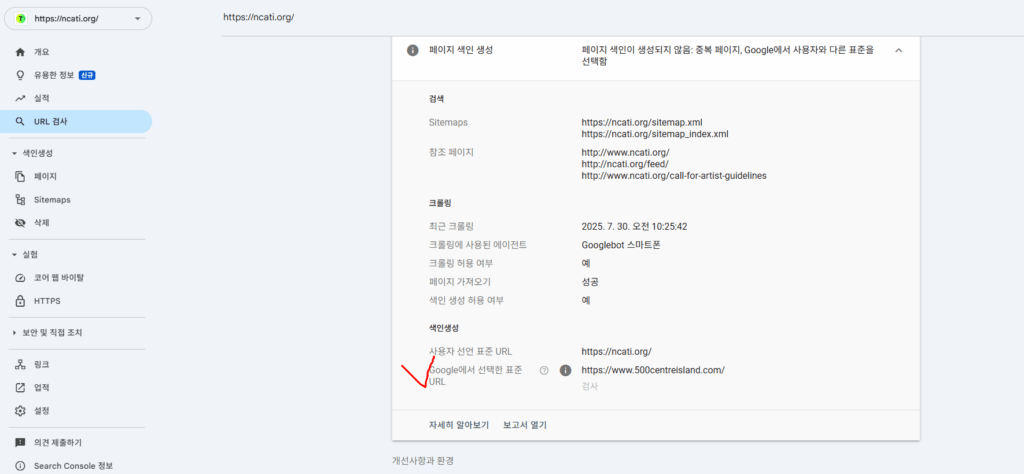✅ Step-by-Step WordPress Speed Optimization Guide

⚙️ 1. Choose a Fast & Reliable Hosting Provider
Your hosting is the foundation of speed.
🔧 Recommended Hosts:
- Cloudways (Great performance + scalability)
- SiteGround (Strong shared hosting)
- Rocket.net or WPX Hosting (Blazing fast for WordPress)
💡 Pro Tip: Avoid generic shared hosts for business websites.
🎯 2. Use a Lightweight WordPress Theme
Bloated themes = slow websites.
🎨 Fast themes:
🧠 Stick with themes that support FSE (Full Site Editing) if you’re using Gutenberg blocks.
🧹 3. Install a Caching Plugin
Caching stores static versions of your site for faster delivery.
🔥 Best caching plugins:
- LiteSpeed Cache (if on LiteSpeed server)
- WP Rocket (Paid, super effective)
- W3 Total Cache (Free, but complex)
- FlyingPress (Modern & fast)
Most of these offer page caching, browser caching, GZIP compression, and more.
🖼️ 4. Optimize Your Images
Large images are speed killers.
✔️ Do this:
- Compress images using ShortPixel, Smush, or TinyPNG
- Use WebP format for faster load times
- Resize images before uploading (e.g. max width 1200px)
📌 Bonus: Use a CDN like Cloudflare to serve images faster globally.
🌐 5. Use a Content Delivery Network (CDN)
CDNs cache your site on servers around the world so users get content from the closest location.
Best CDNs:
- Cloudflare (Free plan is enough for most)
- Bunny.net (Affordable & fast)
- KeyCDN
🧩 6. Remove Unused Plugins and Scripts
Too many plugins slow your site.
📋 Do this:
- Deactivate and delete plugins you no longer use
- Avoid using multiple plugins that do the same job
- Use Asset CleanUp or Perfmatters to disable unused scripts on specific pages
📦 7. Minify CSS, JS, and HTML
Minification removes spaces, comments, and unnecessary code from your site files.
🔧 Tools:
- LiteSpeed Cache / WP Rocket have built-in minification
- Alternatively, use Autoptimize
⏳ 8. Lazy Load Images and Videos
Lazy loading means content loads only when it’s needed.
📌 Most caching plugins and image optimization tools offer this feature.
You can also:
- Embed YouTube videos using lazy load
- Replace YouTube thumbnails with a static image (use WP YouTube Lyte)
📱 9. Optimize for Mobile Devices
Use responsive design and test with:
- Google Mobile-Friendly Test
- GTMetrix mobile test
Make sure mobile load time is under 3 seconds.
🔍 10. Measure and Monitor Your Speed
Use these tools regularly:
Track:
- First Contentful Paint (FCP)
- Largest Contentful Paint (LCP)
- Total Blocking Time (TBT)
- Cumulative Layout Shift (CLS)
Aim to keep scores in the green zone.
🧠 Bonus Tip: Optimize Your Homepage
Don’t overload your homepage with:
- Too many sliders
- Auto-play videos
- Dozens of plugins and widgets
Keep it clean, fast, and focused on conversion.
⚡ Final Thoughts
Speed is not just about pleasing Google — it’s about improving user experience, reducing bounce rate, and making your website work harder for you. A faster site means better SEO and more customers.






